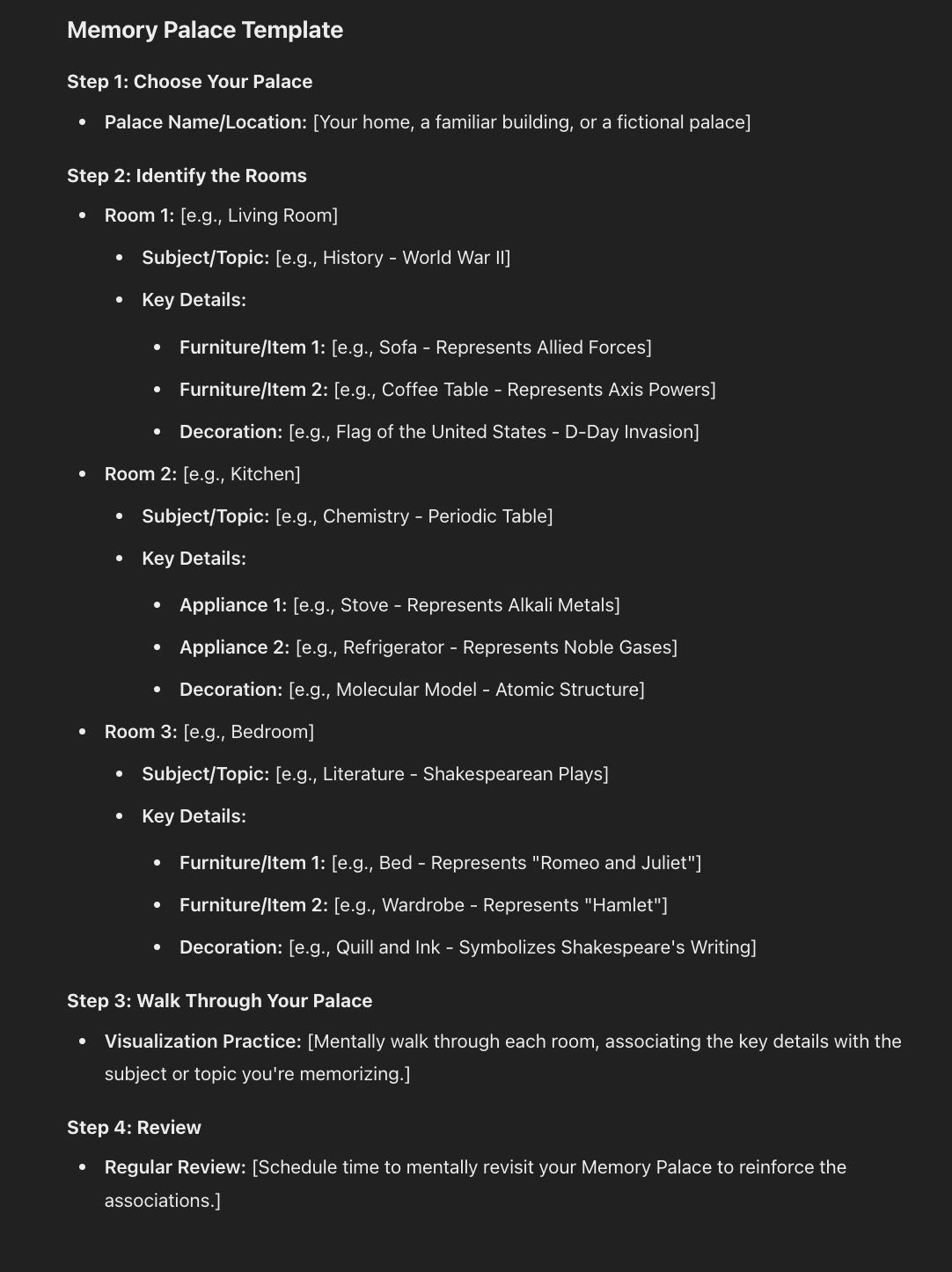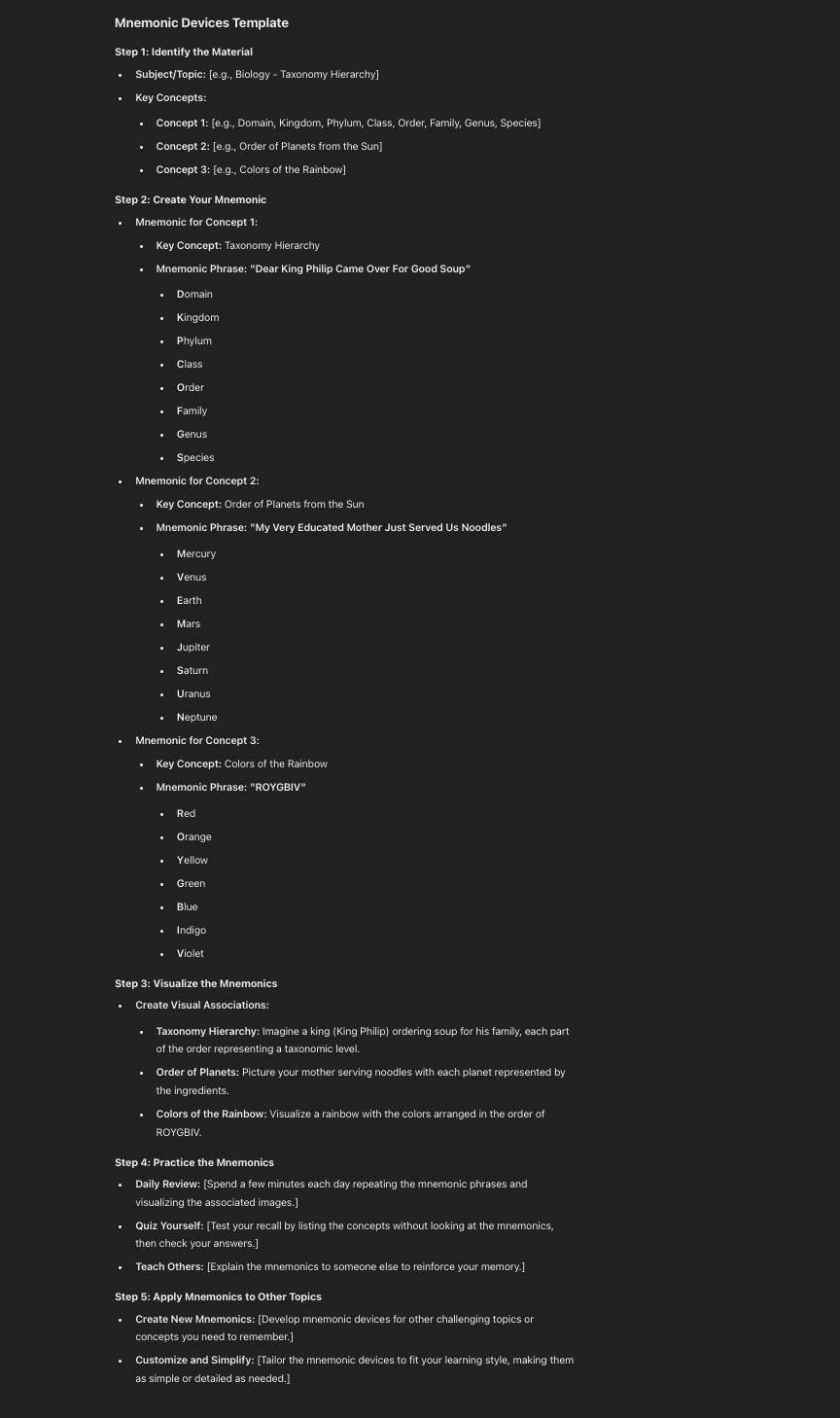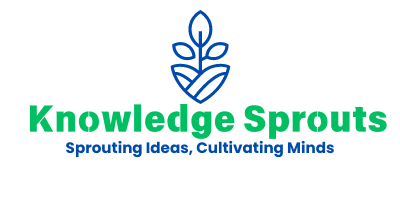Book Appointment Now

Best Memorization Techniques for Students Revealed
Having a tough time retaining all your study notes? Effective memorization techniques for students can change this. You will find various approaches in this article that improve recall and enhance effectiveness.
Continue reading to discover how!
key Takeaways
- Techniques such as the memory palace, spaced repetition, and mnemonic devices aid students in retaining information. These strategies simplify learning and make it more enjoyable.
- Utilizing active recall and incorporating multiple senses in learning strengthens memory. Engaging your senses and testing yourself enhances long-term retention.
- Breaking down information into smaller segments facilitates easier memorization. Additionally, associating new information with specific locations can improve recall abilities.
- Consistent review sessions with tools like flashcards and applying spaced repetition contribute to sustained memory retention, reducing the need for intensive studying before exams.
- Employing visualization, creating mind maps, and involving various senses during study sessions enhance memory performance regarding educational content.
Understanding Memory Techniques
Memory techniques are tools or methods used to assist a person in recalling information. These strategies are crucial for learning and encompass a range of approaches, including visualization, mnemonic devices, and the memory palace technique.
Definition and Importance
The utilization of memory techniques can be seen as an intelligent mechanism for the retention of information. Such strategies enable quicker and more in-depth learning. Learners utilize these approaches to attain superior grades and gain a more comprehensive understanding.
Consider your brain like a resource kit, housing the memory techniques inside.
A widespread resource includes mnemonic devices. These are known for connecting fresh information to pre-existing knowledge, simplifying the recollection of aspects such as scientific jargon or historical dates.
Another crucial technique is spaced repetition which implements intermittent studying periods to prevent forgetting the learning from earlier weeks or months.
The significance of these methodologies lies in their ability for learners to retain information for prolonged periods. Applying these tactics equates to retaining information not just for the immediate quiz but also for the significant assessments in life.
Therefore, electing the appropriate memory technique can transform challenging study periods into simpler ones, and act as a catalyst for success in academic pursuits and beyond.
Overview of Different Techniques
Students possess a wide variety of methods for information retention. Some opt for flashcards, with a question on one side and its corresponding answer on the other, aiding in fact or vocabulary assimilation.
There are those who resort to creating mind maps – visual aids demonstrating idea interconnections. This technique is advantageous for comprehending the overarching theme of what they’re absorbing.
Furthermore, creative techniques like mnemonic devices exist, where students generate humorous stories or phrases to aid list memorization, such as forming a fresh word or sentence from the first letter of each list item.
Subsequently, there’s the spaced repetition technique, entailing information review over gradually longer time intervals to facilitate its storage in long-term memory. Indeed, each of these methodologies can contribute to more fruitful study sessions and amplify students’ academic performance on tests.
Top Memorization Techniques for Students
Unlock better retention with these top memorization techniques for students. Incorporate the memory palace technique, spaced repetition, mnemonic devices, and visualization into your study routine.
Memory Palace Technique
The Memory Palace Technique is an effective tool for improving memory. It engages the power of visual associations by taking a familiar space and linking new pieces of information to varying sections within it.
Suppose you’re tasked with memorizing an academic list. Instead of laboring over each entry, merely envision each item within a room in your home. This technique simplifies the process of recalling data because it’s like taking a casual tour through your home and spotting the items organically.
This method was quite beneficial while I was preparing for my science exams. Envisioning the scattering of details around my room – equations on my desk, significant dates on my bed, and key concepts near the entrance – facilitated an orderly and effortless recollection process.
This technique proves beneficial for students, aiding in the easy absorption of vast amounts of information, not strictly for test preparation but also for quick and effective learning objectives.

Spaced Repetition
Spaced repetition involves reviewing information at increasing intervals, enhancing memory retention. Combining spaced repetition with mnemonic techniques significantly improves memorization.
Consistent review sessions are essential for maximizing the benefits of spaced repetition.
Visual aids supplement spaced repetition, making information easier to recall. Using digital tools and apps simplifies the application of spaced repetition strategies.

Mnemonic Devices
Now, let’s discuss mnemonic devices. These are memory aids that can assist students in better-retaining information. Mnemonic devices may involve acronyms or visual cues.
These aids enhance memory retention and aid in effectively recalling information. For instance, forming a phrase using the initial letter of each word can assist in memorization. Creating a mental image associated with the information also boosts memory recall.
Research has indicated that these methods notably enhance memory abilities among students, facilitating their retention and retrieval of crucial information during exams and study sessions.

Visualization and Mind Maps
Visualization is a powerful tool for enhancing memory. By creating mental images of information, our brains can hold onto it more effectively. Concept maps are another fantastic method for organizing knowledge visually.
They help to clarify the connections between different concepts, making study material easier to understand and remember.
In the realm of memorization techniques, there’s no doubt that visualization and concept maps play a crucial role in aiding students’ learning processes. For instance, when attempting to recall a historical date or even a list of items, using visual memorization techniques such as concept maps can significantly enhance the ability to retain information effectively.
Enhancing Memorization through Active Recall
Using active recall helps in better memorization. It’s best to read more about this.
Explanation of Active Recall
Active recall serves as a potent memorization technique. It consists of retrieving information from memory rather than simply reviewing it passively. This approach has been proven to enhance retention and improve learning by involving the brain in recollecting facts or concepts without relying on external notes.
Active recall encourages the brain to work more intensely, thereby reinforcing neural connections and cementing memory. When students actively engage in this process, they are more apt to recall the material in the long run.
Integrating active recall into study sessions can be accomplished through methods such as flashcards, self-testing, or summarizing information without initially referring to the material.
Research has indicated that this method leads to superior memory enhancement compared to traditional study techniques such as re-reading and highlighting. By combining active recall with mnemonic devices and spaced repetition, students can significantly enhance their capacity to effectively retain and retrieve information during tests and exams.
Implementing Active Recall in Study Sessions
Active recall involves actively retrieving information from memory rather than passively reviewing materials. This technique has been proven to enhance memorization and solidify knowledge, making it an effective study strategy for students.
- Consistent Review: Regular practice sessions using active recall can improve the ability to recall information by engaging the brain in retrieving stored knowledge.
- Self-Testing: Incorporating self-testing exercises in study sessions helps students actively retrieve and reinforce stored information in their memory.
- Retrieval Practice: Implementing retrieval practice during study sessions encourages learners to recall and apply what they have learned, promoting a deeper understanding of the material.
- Spaced Repetition: Utilizing spaced repetition techniques ensures that students revisit previously studied material at strategically spaced intervals, reinforcing their memory retention.
By integrating active recall into study routines, students can effectively enhance their memory retention and recall abilities, leading to improved academic performance.

Multisensory Learning Approaches
Multisensory learning employs various senses to aid in recalling information. It’s a fantastic method for students to enhance their memory capabilities. Read the entire blog post for additional strategies!
Using Visual, Auditory, and Kinesthetic Senses
Engaging multiple senses such as seeing, hearing, and moving around is a helpful approach for students to improve their memory techniques. Research indicates that utilizing various senses in learning can accommodate different learning styles and enhance academic performance.
For example, you can use visual aids such as diagrams or charts for better understanding, listen to educational podcasts or lectures for auditory engagement, and incorporate physical activities like acting out scenarios for kinesthetic reinforcement.
This approach not only enlivens the learning process but also improves retention of material.
By including multisensory experiences in study habits, students are more likely to remember information better irrespective of their favored learning style. For instance, watching videos (visual), listening to educational podcasts (auditory), or acting out historical events (kinesthetic) are instances of effectively employing this method.
Practical Examples for Each Sense
Visual: Diagrams or charts are useful for representing information visually. For instance, in biology, a labeled diagram of a plant cell can be created.
Auditory: Listening to the material aloud can aid in retention. Using songs or rhymes to remember facts, such as creating a catchy jingle for a math formula, is beneficial.
Kinesthetic: Acting out scenarios related to the content being studied is an effective method. For example, in history, reenacting important events or movements can aid in better recall.
Tips for Effective Memorization
To improve memory, group information to make it easier to remember. Utilizing the surroundings where you learned the material is also beneficial. Interested in additional strategies for enhancing your memory? Continue reading!
Chunking Information
Chunking involves breaking down large pieces of information into smaller, more manageable units. By doing this, you can enhance your ability to remember and recall the details effectively.
In combination with mnemonic devices, chunking becomes a powerful tool for improving memory retention and study efficiency among students. For instance, rather than trying to remember an entire list of items or lengthy data at once, you divide it into smaller clusters making it easier to digest and store in memory.
This technique not only simplifies understanding but also aids in faster retrieval when needed.
Moving on to the next topic – “Leveraging Environmental Context” will continue our exploration of effective memorization strategies.
Utilizing Environmental Context
Incorporating specific locations or settings into your study routine can improve memory recall. This involves utilizing the environment around you, like a specific room or outdoor area, to assist in triggering memories associated with your studies.
Studies indicate that this approach acts as an effective cue for improved memory retrieval and overall performance when attempting to recollect information. It’s akin to establishing a mental connection between the place and what you are learning, aiding your brain in recalling the information more easily at a later time.
Scheduled Review Sessions
Scheduled review sessions are a critical part of effective memorization and learning. They aid in reinforcing learned material and improving the retention of information. Consistent review patterns can reduce procrastination and anxiety around studying. Here’s a detailed look at how scheduled review sessions work:
- Create a detailed study plan with specific times for reviewing material.
- Allocate regular, brief intervals to go over previously studied content.
- Use reminder tools or apps to prompt you for your scheduled reviews.
- Include spaced repetition into your schedule to reinforce long-term memory retention.
- Establish a consistent routine for reviewing material after initial learning sessions.
- Establish a dedicated study environment that promotes focus during review sessions.
- Consider the use of mnemonic devices to aid in remembering key information during reviews.
Conclusion
In summary, memory techniques like mnemonic devices and spaced repetition can significantly boost students’ memorization skills. Visualization and chunking also play pivotal roles in enhancing memory.
Acronyms and the method of loci are additional effective tools for students to strengthen their recall abilities. Lastly, regular practice, review sessions, and flashcards with spaced repetition are crucial in reinforcing memory pathways for successful memorization.
FAQs
1. What are the best memorization techniques for students?
The best memorization techniques for students include the method of loci, chunking, and distributed practice. These methods help to encode information into your memory effectively.
2. How can verbal memorization techniques improve my study skills?
Verbal memorization techniques such as rote learning can enhance your study skills by helping you remember key pieces of information like a number or a grocery list, which improves both short-term and long-term memories.
3. Can memory champions’ strategies help me in studying Mathematics or Astronomy?
Yes! Techniques used by memory champions such as spatial memory and working memory tricks can be very effective when trying to memorize complex subjects like Mathematics or Astronomy.
4. Is there any technique that helps me recall the information I want to learn better?
Research shows that using recall (memory) and testing effect techniques during your study method can greatly boost your ability to remember what you’re learning.
5. How does sleep impact my ability to retain what I’ve learned?
Sleep plays an important role in the process of moving knowledge from short-term memory into long-term storage, making it easier for you to recall later on.
6. Are there any common memorization methods that leverage something I already know?
Yes! The art of creating a story around something that you already know is a popular technique among learners aiming at improving their ability to remember lists and other pieces of information.



